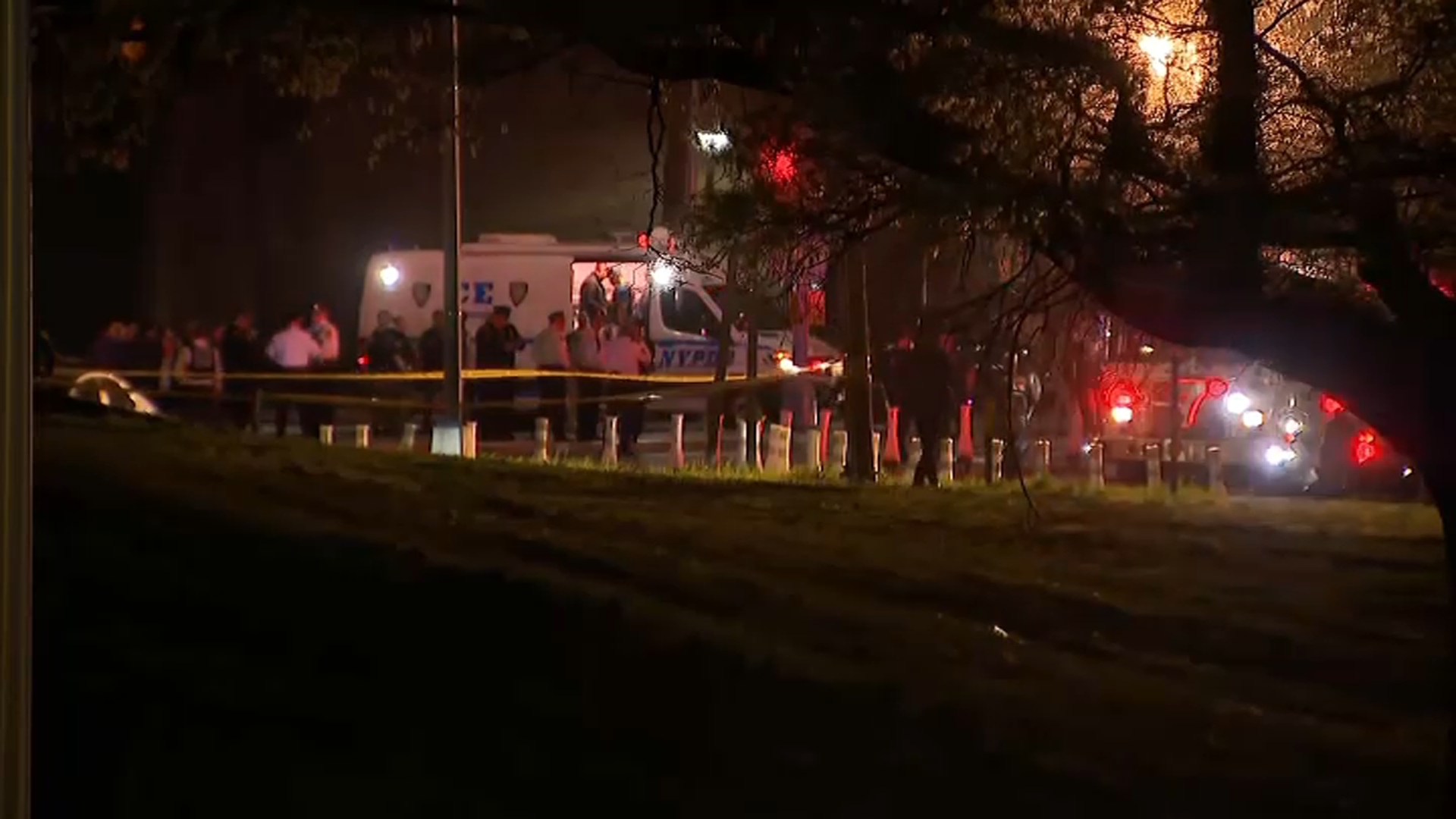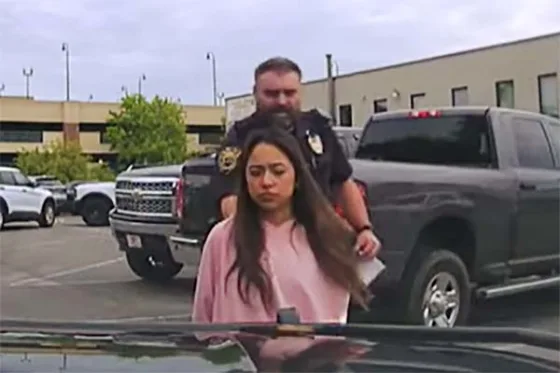Mom Speeds 102mph to Thomas Train: Child at Risk!
Thomas the Train Trauma: Mom Clocked at 102 MPH with Toddler
Introduction: When the Choo-Choo Becomes a Whoa-Whoa!
Ever been running late? We all have. But have you ever been so late that you hit triple digits on the highway with your toddler in tow? Apparently, one New York mom did just that, all in the name of making it to a "Thomas the Train" event. Yes, you read that right. Let's dive into this truly bizarre story.
The Need for Speed: 102 MPH Pursuit of Thomas
According to Connecticut State Police, troopers conducting motor vehicle enforcement on I-95 North in Madison witnessed an SUV zipping along at speeds exceeding 100 mph. Can you imagine the blur? It was a Sunday morning, just after 8:30 AM, when the high-speed chase...or rather, the high-speed pull-over...began.
The Traffic Stop: Reality Bites
Troopers clocked the SUV at a whopping 102 mph. Upon pulling the vehicle over in the median, they discovered the reason for the rush: a 37-year-old woman from Brooklyn, New York, desperately trying to make it to a "Thomas the Train" event in Essex. Oh, and there was also a 2-year-old in the back seat. Talk about a stressful morning!
The Reason Behind the Rush: All Aboard for… Jail?
The driver allegedly told police she was speeding because she was running late. While punctuality is admirable, endangering yourself and your child for a children's event seems a bit extreme, don't you think? It's like saying, "I need to get my kid to see a fictional train so badly, I'm willing to risk our lives!"
Arrest and Charges: Not Quite the Fun Day Out She Planned
The woman was promptly arrested and charged. The charges weren't exactly a ticket to ride: reckless driving, reckless endangerment in the second degree, and risking injury to a child. This isn't your average "oops, I went a little over the speed limit" situation. This is serious stuff.
Reckless Driving: More Than Just a Speeding Ticket
Reckless driving goes beyond simply exceeding the speed limit. It involves operating a vehicle with a willful or wanton disregard for the safety of persons or property. 102 mph with a toddler in the car definitely fits that bill.
What Defines Reckless Driving?
Here are some factors that contribute to a reckless driving charge:
- Excessive speed
- Ignoring traffic signals
- Aggressive lane changes
- Driving under the influence
In this case, the excessive speed, coupled with the presence of a young child, made the reckless driving charge a no-brainer.
Reckless Endangerment: Putting Others at Risk
Reckless endangerment in the second degree is a charge that highlights the potential harm the driver could have inflicted on others. It's about creating a substantial risk of serious physical injury to another person.
The "What If" Factor
Think about the potential consequences: what if she had lost control? What if another driver had made a sudden lane change? The possibilities are terrifying.
Risking Injury to a Child: The Most Heartbreaking Aspect
This charge is perhaps the most devastating. As parents, our primary responsibility is to protect our children. Putting a child in such a dangerous situation is a betrayal of that trust.
The Long-Term Impact
Beyond the immediate physical danger, such an experience could potentially traumatize a young child. Imagine the fear and confusion a 2-year-old would feel in that situation.
Legal Consequences: Beyond the Immediate Arrest
The legal ramifications for these charges can be significant. Depending on the specific laws in Connecticut, the driver could face:
- Fines
- Jail time
- Suspension or revocation of her driver's license
- A criminal record
These are consequences that can have a lasting impact on her life.
Thomas the Train: A Beloved Children's Icon
It's ironic that this all happened in the name of "Thomas the Train." Thomas is a symbol of childhood innocence and adventure, but in this case, he became associated with recklessness and danger. Was it really worth the risk for a few moments with Thomas?
Parenting Under Pressure: The Desire for Perfect Experiences
We live in a society that often pressures parents to create "perfect" experiences for their children. From meticulously planned birthday parties to elaborate vacations, the bar is set incredibly high.
The Danger of Overdoing It
This desire to provide the best for our kids can sometimes lead to irrational decisions. In this case, the pressure to get to the "Thomas the Train" event on time apparently outweighed the concern for safety.
Alternative Solutions: What Could She Have Done Instead?
Instead of speeding, the driver could have considered several safer options:
- Calling ahead to explain the situation. Most events are understanding of late arrivals, especially when children are involved.
- Accepting that she might miss the event and rescheduling for another time.
- Simply slowing down and driving safely, even if it meant arriving late.
Ultimately, the safety of herself and her child should have been the priority.
A Cautionary Tale: Slow Down and Stay Safe
This story serves as a stark reminder of the importance of prioritizing safety over everything else. Whether you're rushing to a "Thomas the Train" event or simply running late for work, speeding and reckless driving are never the answer. It is a harsh reminder that even with the best of intentions, actions can have serious and lasting consequences.
Conclusion: Lessons Learned from a High-Speed Choo-Choo Mishap
So, what are the key takeaways from this bizarre tale? First, reckless driving puts lives at risk. Second, the desire for "perfect" parenting moments shouldn't override common sense. And finally, "Thomas the Train" is awesome, but not worth risking your life (or your child's) for. Let's all promise to keep our speed in check, especially when little ones are on board.
Frequently Asked Questions (FAQs)
Q1: What are the penalties for reckless driving in Connecticut?
Penalties for reckless driving in Connecticut can include fines, jail time, and suspension of your driver's license. The exact penalties depend on the specific circumstances of the offense and your prior driving record.
Q2: What is reckless endangerment in the second degree?
Reckless endangerment in the second degree in Connecticut involves creating a substantial risk of serious physical injury to another person. It's a misdemeanor charge.
Q3: What should I do if I'm running late to an event with my child?
Prioritize safety! Call ahead to explain the situation, if possible. If you are too late, reschedule or accept that you might miss it. Rushing and driving dangerously is never worth the risk.
Q4: How can I avoid the pressure to create "perfect" experiences for my child?
Focus on creating meaningful connections with your child rather than striving for perfection. Remember that simple moments of joy and quality time together are more valuable than elaborate events.
Q5: Is it ever okay to speed when I have children in the car?
Never! There is absolutely no situation where it is acceptable to speed and put children at risk. Their safety should always be your top priority.



